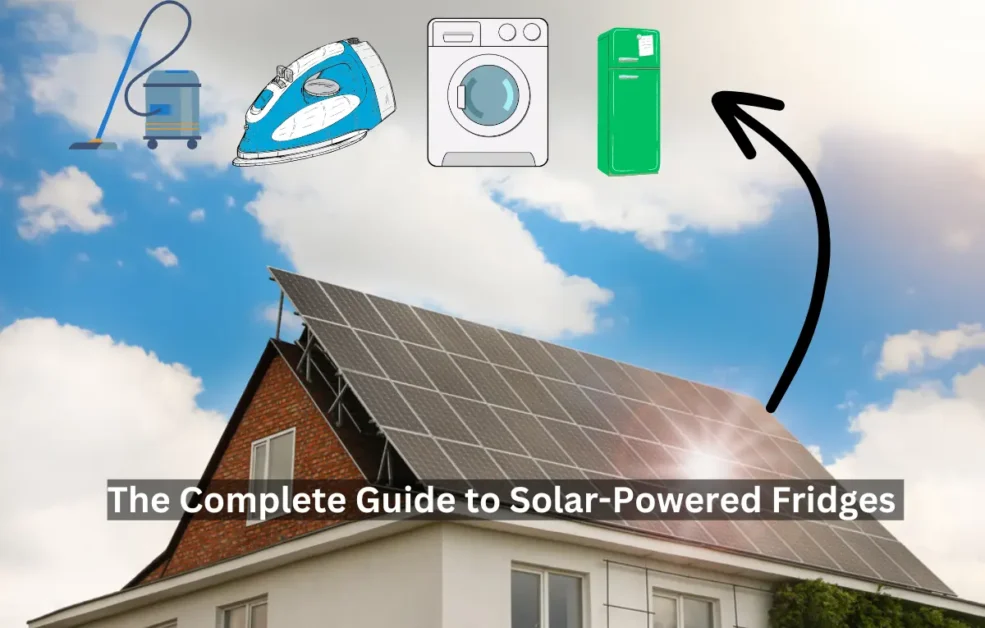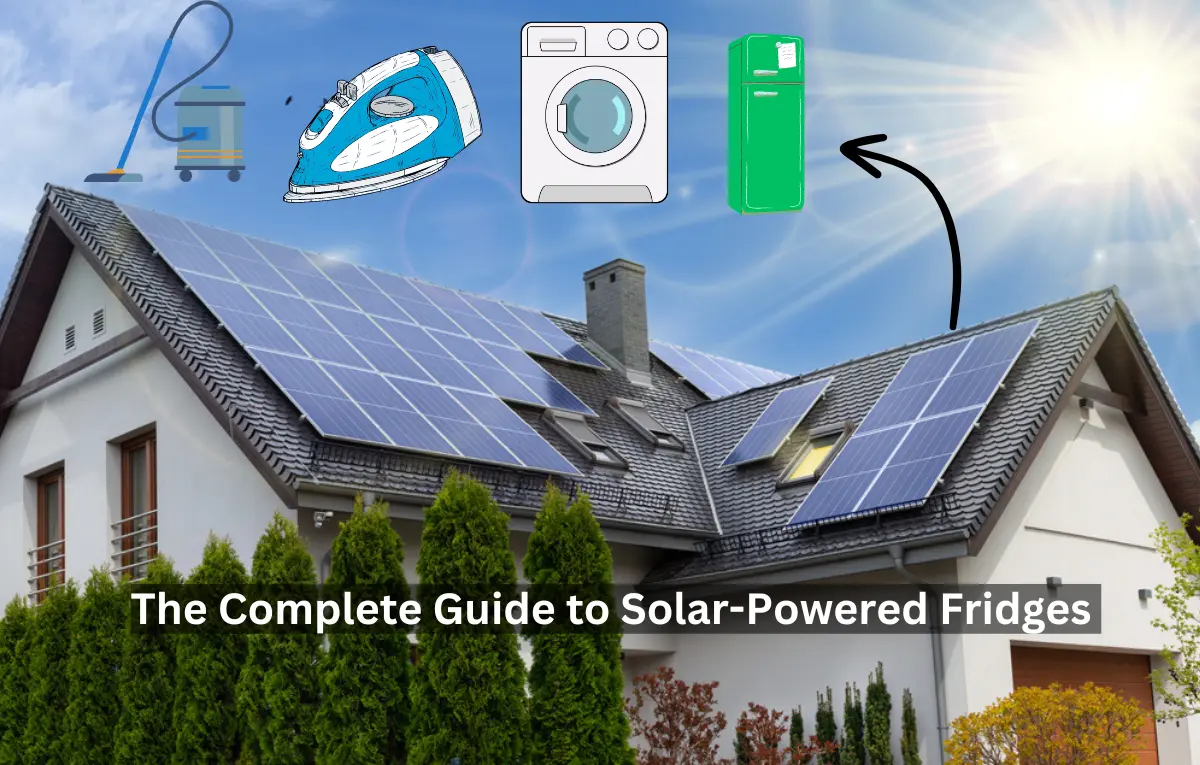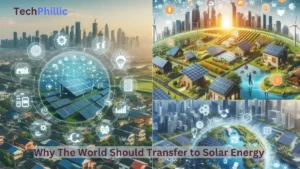The hum of our refrigerators is practically a lullaby of modern life, keeping our food fresh and convenient. But beneath that comforting purr lies a hidden culprit: a hefty chunk of our electricity bill. In this era of growing environmental awareness and off-grid living aspirations, many of us yearn for a cooler, greener solution. Enter the realm of solar power for refrigerators, a beacon of hope for sustainability-minded foodies.
Sure, transitioning to solar power for your fridge might seem daunting. After all, these trusty appliances are notorious energy guzzlers. But fear not, adventurous eco-warriors! This comprehensive guide will equip you with everything you need to know, from deciphering your fridge’s energy needs to building your own solar-powered setup.
Why Embrace the Sun for Your Fridge?
Before diving into the nitty-gritty, let’s explore the driving force behind this fridge revolution. The rise of off-grid living, coupled with a fervent desire for sustainable solutions, is fueling the demand for alternative energy sources. Solar power ticks all the boxes: it’s clean, renewable, and can significantly reduce your electricity bill. Plus, imagine the satisfaction of keeping your food fresh using the sun’s free energy!
Challenges & Considerations: Powering Your Fridge with the Sun
Of course, there are challenges. Refrigerators are notorious energy hogs. Thankfully, technology is rapidly evolving, with more energy-efficient models hitting the market all the time. However, understanding your current fridge’s energy consumption is crucial. Chest freezers, compact models, and everything in between have varying wattage requirements. Knowing your fridge’s specific needs will help you determine the size and capacity of your solar setup.
Understanding the Sun’s Language: Solar Power Basics
Think of your solar fridge setup as a mini power plant harnessing the sun’s energy. The key components are:
- Solar panels: These convert sunlight into electricity using photovoltaic cells. The number of panels you need depends on your fridge’s energy consumption and your local sunshine hours.
- Charge controller: This regulates the electricity flow from the panels to batteries, preventing overcharging.
- Batteries: They store the energy generated by the panels for use when the sun isn’t shining. Battery capacity depends on your fridge’s needs and desired autonomy.
Remember, matching your system’s capacity to your fridge’s requirements is crucial. Having enough solar panels and battery storage ensures your fridge stays cool even during cloudy days.
Optimizing Your Solar Oasis:
Now that you understand the basics, let’s optimize your solar-powered fridge setup for maximum efficiency and coolness:
- Fridge Location & Settings: Consider placing your fridge in a cool, shaded area. Adjust settings like temperature and defrost cycles to minimize energy consumption. Remember, every watt saved means less work for your solar setup.
- Battery Storage & Maintenance: Choose batteries based on their lifespan, depth of discharge, and warranty. Properly maintain them by following manufacturer instructions and keeping them at optimal temperatures. This ensures your solar power for your refrigerator remains reliable.
- Inverters (Optional): If your fridge runs on AC power, you’ll need an inverter to convert the battery’s DC current. Opt for an inverter with the appropriate wattage and consider pure sine wave models for sensitive electronics.

space
Also Read: Using Gemini to Craft DALL-E Prompts Like a Pro
Navigating the Regulatory Landscape:
Remember, local regulations regarding solar installations and battery storage might exist. Research requirements and permits needed in your area to avoid any hiccups on your solar power for refrigerator journey.
Beyond Solar: Alternative Sustainable Options:
While solar power is a popular choice, explore other renewable energy sources:
- Wind power: Consider wind turbines if your location has consistent wind speeds. Combine solar and wind for a more reliable system, powering your fridge with the combined might of the sun and wind.
- Biofuel: Look into biofuel generators, especially if you have access to sustainable biofuel sources like biodiesel or biogas. This offers another path to sustainable refrigeration.
Troubleshooting & Maintaining Your Solar Fridge:
Like any system, your solar fridge setup might require troubleshooting. Learn basic maintenance tasks like checking connections, monitoring battery levels, and cleaning solar panels. Ensure smooth operation and keep your solar-powered fridge humming happily.
Embrace the Change, Reap the Rewards:
Transitioning to a solar-powered fridge is an investment in sustainability and cost savings. While challenges exist, the benefits are undeniable: a reduced carbon footprint, lower electricity bills, and the satisfaction of using the sun’s power to keep your food fresh. It’s a delicious win for the planet and your wallet!
Conclusion
Ditch the electricity bill and embrace the sun! This guide empowers you to build your own solar-powered fridge, from understanding energy needs to choosing the right panels and batteries. Optimize efficiency with clever placement and maintenance, explore alternative green sources like wind and biofuel, and troubleshoot like a pro. Reap the rewards of sustainability, cost savings, and the satisfaction of running your fridge on sunshine. Ready to join the solar revolution? Start your journey today!







